Chapter 5
soil PartiCles, Water, and air
Moisture, warmth, and aeration; soil texture; soil fitness; soil organisms; its tillage, drainage, and irrigation; all these are quite as important factors in the make up and maintenance of the fertility of the soil as are manures, fertilizers, and soil amendments.
—J.l. hills, C.h. Jones, and C. Cutler, 1908
The physical condition of a soil has a lot to do with
clay, clay loam, loam, sandy loam, or sand—is perhaps
its ability to produce crops. A degraded soil usually has
its most fundamental inherent characteristic, as it
reduced water infiltration and percolation (drainage into
affects many of the important physical, biological, and
the subsoil), aeration, and root growth. These conditions
chemical processes in a soil and changes little over time.
reduce the ability of the soil to supply nutrients, render
harmless many hazardous compounds (such as pesti-
cides), and maintain a wide diversity of soil organisms.
organic matter
Small changes in a soil’s physical conditions can have
soil wets up
during rain
a large impact on these essential processes. Creating a
air
good physical environment, which is a critical part of
soil dries down
building and maintaining healthy soils, requires atten-
tion and care.
mineral
matter
Let’s first consider the physical nature of a typical
water
mineral soil. It usually contains about 50% solid par-
ticles and 50% pores on a volume basis (figure 5.1). We
discussed earlier how organic matter is only a small, but
a very important, component of the soil. The rest of a
solids
pores
soil’s particles are a mixture of variously sized minerals
that define its texture. A soil’s textural class—such as a
Figure 5.1. Distribution of solids and pores in soil.
Photo courtesy Ray Weil
49
Building SoilS for Better CropS: SuStainaBle Soil ManageMent
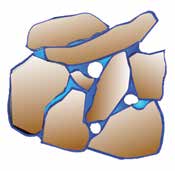
chAPter 5 soil PartiCles, Water, and air
least—they’re visible) and no aggregation due to a lack
100
of organic matter or clay to help bind the sand grains.
10
90
A good loam or clay soil, on the other hand, has smaller
20
particles, but they tend to be aggregated into crumbs
80
30
per
that have larger pores between them and small pores
ay 70
clay
cent silt
40
within. Although soil texture doesn’t change over time,
cent cl 60
50
the total amount of pore space and the relative amount
per 50
silty
60
of variously sized pores are strongly affected by man-
sandy
clay
40
clay
silty clay
agement practices—aggregation and structure may be
clay loam
loam
70
30
destroyed or improved.
sandy clay loam
80
20
sandy loam
loam
silt loam
90
10
WATER AND AERATION
loamy
silt
sand sand
100
Soil pore space can be filled with either water or air, and
100
90
80
7
60
0
50
40
30
20
10
their relative amounts change as the soil wets and dries
percent sand
(figures 5.1, 5.3). When all pores are filled with water,
the soil is saturated, and the exchange of soil gases with
Figure 5.2. The percentages of sand, silt, and clay in the soil textural
atmospheric gases is very slow. During these conditions,
classes. From USDA-NRCS.
carbon dioxide produced by respiring roots and soil
The textural class (figure 5.2) is defined by the relative
organisms can’t escape from the soil and atmospheric
amounts of sand (0.05 to 2 mm particle size), silt (0.002
oxygen can’t enter, leading to undesirable anaerobic (no
to 0.05 mm), and clay (less than 0.002 mm). Particles
oxygen) conditions. On the other extreme, a soil with
that are larger than 2 mm are rock fragments (pebbles,
little water may have good gas exchange but be unable to
cobbles, stones, and boulders), which are not considered
supply sufficient water to plants and soil organisms.
in the textural class because they are relatively inert.
Water in soil is mostly affected by two opposing
Soil particles are the building blocks of the soil skel-
forces that basically perform a tug of war: Gravity pulls
eton. But the spaces (pores) between the particles and
water down and makes it flow to deeper layers, but
between aggregates are just as important as the sizes of
water also has a tendency to stay in a soil pore because
the particles themselves. The total amount of pore space
it is attracted to a solid surface and has a strong affin-
and the relative quantity of variously sized pores—large,
ity for other water molecules. The latter are the same
medium, small, and very small—govern the important
forces that keep water drops adhering to glass surfaces,
processes of water and air movement. Soil organisms
live and function in pores, which is also where plant
roots grow. Most pores in clay are small (generally less
than 0.002 mm), whereas most pores in sandy soil are
large (but generally still smaller than 2 mm).
Figure 5.3. A moist sand with
pores between grains that
The pore sizes are affected not only by the relative
contain water and air. The
amounts of sand, silt, and clay in a soil, but also by the
larger pores have partial y
drained and al owed air entry,
amount of aggregation. On the one extreme, we see that
while the narrower ones are
beach sands have large particles (in relative terms, at
still filled with water.
50
Building SoilS for Better CropS: SuStainaBle Soil ManageMent
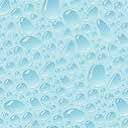
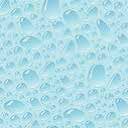


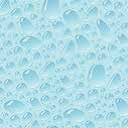
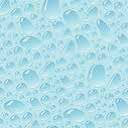
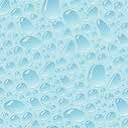
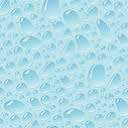
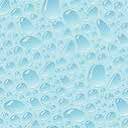
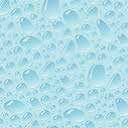


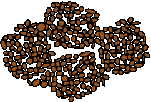
chAPter 5 soil PartiCles, Water, and air
as gravitational drainage (figure
wilting point
field capacity
5.4b). In this case, the soil has more
plant-available water than a coarse
unavailable
plant-
a) sand
available
gravitational water
sand, but plants will suffer from long
water
water
periods of poor aeration following
b) dense clay
plant-
unavailable
saturating rains.
available
water
water
These different effects of vari-
c) aggregated loam
gravitational
ous pore sizes have great impacts:
unavailable
water
water
plant-available water
Leaching of pesticides and nitrates
to groundwater is controlled by the
0
soil water content
saturation
relative amounts of different sizes
of pores. The rapidly draining sands
Figure 5.4. Water storage for three soils.
may more readily lose these chemi-
cals in the percolating water, but this
and their effect is stronger in small pores (figure 5.3)
is much less of a problem with fine loams and clays.
because of the closer contact with solids. Soils are a
For the latter, the more common anaerobic conditions
lot like sponges in the way they hold and release water
resulting from extended saturated conditions cause
(figure 5.4). When a sponge is fully saturated, it quickly
other problems, like gaseous nitrogen losses through
loses water by gravity but will stop dripping after about
denitrification, as we will discuss in chapter 19.
30 seconds. The largest pores drain rapidly because they
The ideal soil is somewhere between the two
are unable to retain water against the force of gravity.
But when it stops dripping, the sponge still contains a
large pore
small pore
lot of water, which would, of course, come out if you
intermediate
pore
squeezed it. The remaining water is in the smaller pores,
which hold it more tightly. The sponge’s condition
following free drainage is akin to a soil reaching field
capacity water content, which in the field occurs after
about two days of free drainage following saturation by
a lot of rain or irrigation. If a soil contains mainly large
pores, like a coarse sand, it loses a lot of water through
quick gravitational drainage. This drainage is good
because the pores are now open for air exchange. On
the other hand, little water remains for plants to use,
resulting in more frequent periods of drought stress.
Coarse sandy soils have very small amounts of water
aggregate (crumb)
available to plants before they reach their wilting point
(figure 5.4a). On the other hand, a dense, fine-textured
Figure 5.5. A well-aggregated soil has a range of pore sizes. This medium-soil, such as a compacted clay loam, has mainly small
size soil crumb is made up of many smal er ones. Very large pores occur
pores, which tightly retain water and don’t release it
between the medium-size aggregates.
51
Building SoilS for Better CropS: SuStainaBle Soil ManageMent
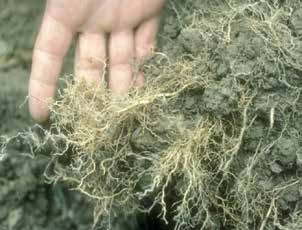

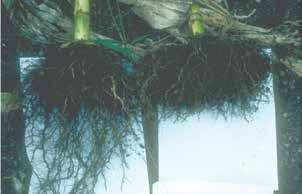
chAPter 5 soil PartiCles, Water, and air
Figure 5.6. Left: Corn root in a compacted soil cannot access water and nutrients from most of the soil volume. Right: Dense rooting al ows for full exploration of soil water and nutrients.
extremes, and its behavior is typical of that exhibited by
not obtain the moisture it needed. The corn roots on
a well-aggregated loam soil (figures 5.4c, 5.5). Such a
the right (figure 5.6) were able to fully explore the soil
soil has a sufficient amount of large pore spaces between
volume with many roots, fine laterals, and root hairs,
the aggregates to provide adequate drainage and aera-
allowing for better water and nutrient uptake.
tion during wet periods, but also has enough small pores
Similarly, the depth of rooting can be limited by
and water-holding capacity to provide water to plants
compaction. Figure 5.7 shows, on the right, corn roots
and soil organisms between rainfall or irrigation events.
from moldboard-plowed soil with a severe plow pan.
Besides retaining and releasing water at near optimum
The roots could not penetrate into the subsoil and were
quantities, such soils also allow for good water infiltra-
therefore limited to water and nutrients in the plow
tion, thereby increasing plant water availability and
layer. The corn on the left was grown in soil that had
reducing runoff and erosion. This ideal soil condition is
been subsoiled, and the roots were able to reach about
therefore characterized by crumb-like aggregates, which
twice the depth. Subsoiling opened up more soil for
are common in good topsoil.
AVAIlAblE WATER AND ROOTINg
There is an additional dimension to plant-available
water capacity of soils: The water in the soil may be
available, but roots also need to be able to access
it, along with the nutrients contained in the water.
Consider the soil from the compacted surface horizon in
figure 5.6 (left), which was penetrated only by a single
corn root with few fine lateral rootlets. The soil volume
held sufficient water, which was in principle available
to the corn plant, but the roots were unable to penetrate
Figure 5.7. Corn roots on the right were limited to the plow layer due to a severe compaction pan. Roots on the left penetrated into deeper soil
most of the hard soil. The corn plant, therefore, could
following subsoiling and could access more water and nutrients.
52
Building SoilS for Better CropS: SuStainaBle Soil ManageMent
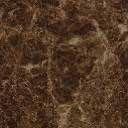



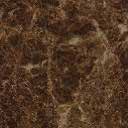
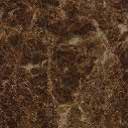
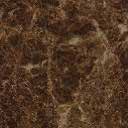
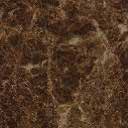
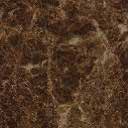
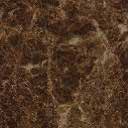
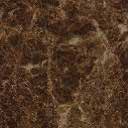






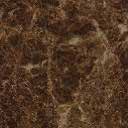
chAPter 5 soil PartiCles, Water, and air
root growth and, therefore, more usable
water and nutrients. Thus, plant water
precipitation
availability is a result of both the soil’s
water retention capacity (related to tex-
ture, aggregation, and organic matter)
evapo-transpiration
and potential rooting volume, which is
infiltration
influenced by compaction.
runoff
soil water storage
INFIlTRATION VS. RUNOFF
An important function of soil is to absorb
water at the land surface, and either store
percolation
it for use by plants or slowly release it
to groundwater through gravitational
to stream
flow (figure 5.8). When rainfall hits the
to deep
stream
groundwater
ground, most water will infiltrate the soil;
but some may run off the surface, and
Figure 5.8. The fate of precipitation at the land surface determines whether water infiltrates or some may stand in ruts or depressions
runs off the surface.
before infiltrating or evaporating. The
maximum amount of rainwater that can enter a soil in a
as pores are blocked with ice. Runoff happens more
given time, called infiltration capacity, is influenced by
readily with poorly managed soils, because they lack
the soil type, structure, and moisture content at the start
strong aggregates that hold together against the force
of the rain.
of raindrops and moving water and, therefore, have few
Early in a storm, water usually enters a soil readily,
large pores open to the surface to quickly conduct water
as it is literally sucked into the dry ground. As the soil
downward. Such runoff can initiate erosion, with losses
wets up during a continuing intense storm, water entry
of nutrients and agrochemicals as well as sediment.
into the soil is reduced and a portion of rainfall begins
to run downhill over the surface to a nearby stream or
SOIl WATER AND AggREgATION
wetland. The ability of a soil to maintain high infiltra-
Processes like erosion, soil settling, and compaction are
tion rates, even when saturated, is related to the sizes
affected by soil moisture conditions, and in turn affect
of its pores. Since sandy and gravelly soils have more
soil hardness and the stability of aggregates. When soil
large pores than do fine loams and clays, they maintain
is saturated and all pores are filled with water, the soil is
better infiltration during a storm. But soil texture is also
very soft. (Fungal hyphae and small roots also serve to
important in governing the number of pores and their
form and stabilize aggregates deeper in the soil.) Under
sizes: When finer-textured soils have strong aggregates
these saturated conditions, the weaker aggregates may
due to good management, they can also maintain high
easily fall apart from the impact of raindrops and allow
infiltration rates.
the force of water moving over the surface to carry soil
When rainfall exceeds a soil’s infiltration capac-
particles away (figure 5.9). Supersaturated soil has no
ity, runoff is produced. Rainfall or snowmelt on frozen
internal strength, and the positive water pressure in fact
ground generally poses even greater runoff concerns,
pushes particles apart (figure 5.10, left). This makes soil
53
Building SoilS for Better CropS: SuStainaBle Soil ManageMent


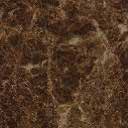
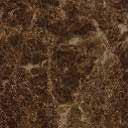
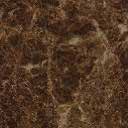
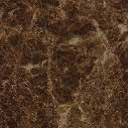
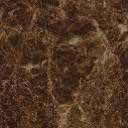
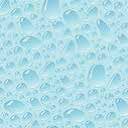
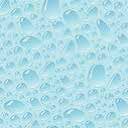
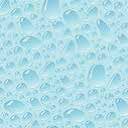
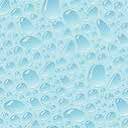
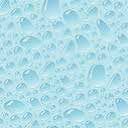
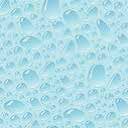
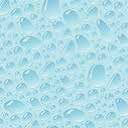
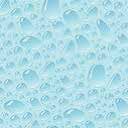
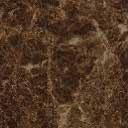
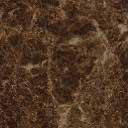
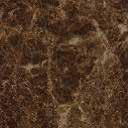
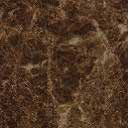
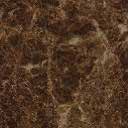
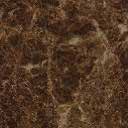
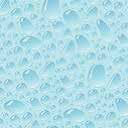
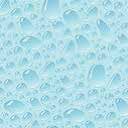
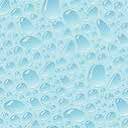
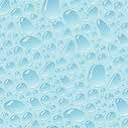
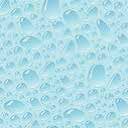
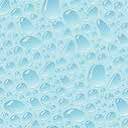
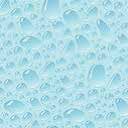
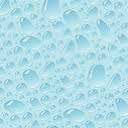
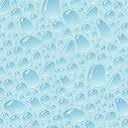

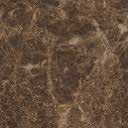
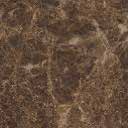
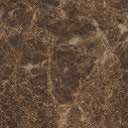

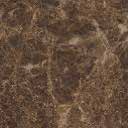
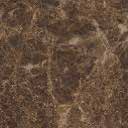
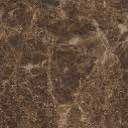
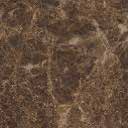
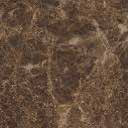
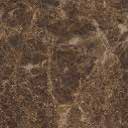

chAPter 5 soil PartiCles, Water, and air
and susceptible to wind erosion (figure 5.10, right).
Strong aggregation is especially important during
these moisture extremes, as it provides another source
of cohesion that keeps the soil together. Good aggrega-
tion, or structure, helps to ensure a high-quality soil and
prevents dispersion (figure 5.11). A well-aggregated soil
also results in good soil tilth, implying that it forms a
good seedbed after soil preparation. Aggregation in the
surface soil is enhanced by surface residue and lack of
tillage. Also, a continuous supply of organic materials,
roots of living plants, and mycorrhizal fungi hyphae are
needed to maintain good soil aggregation.
















































































